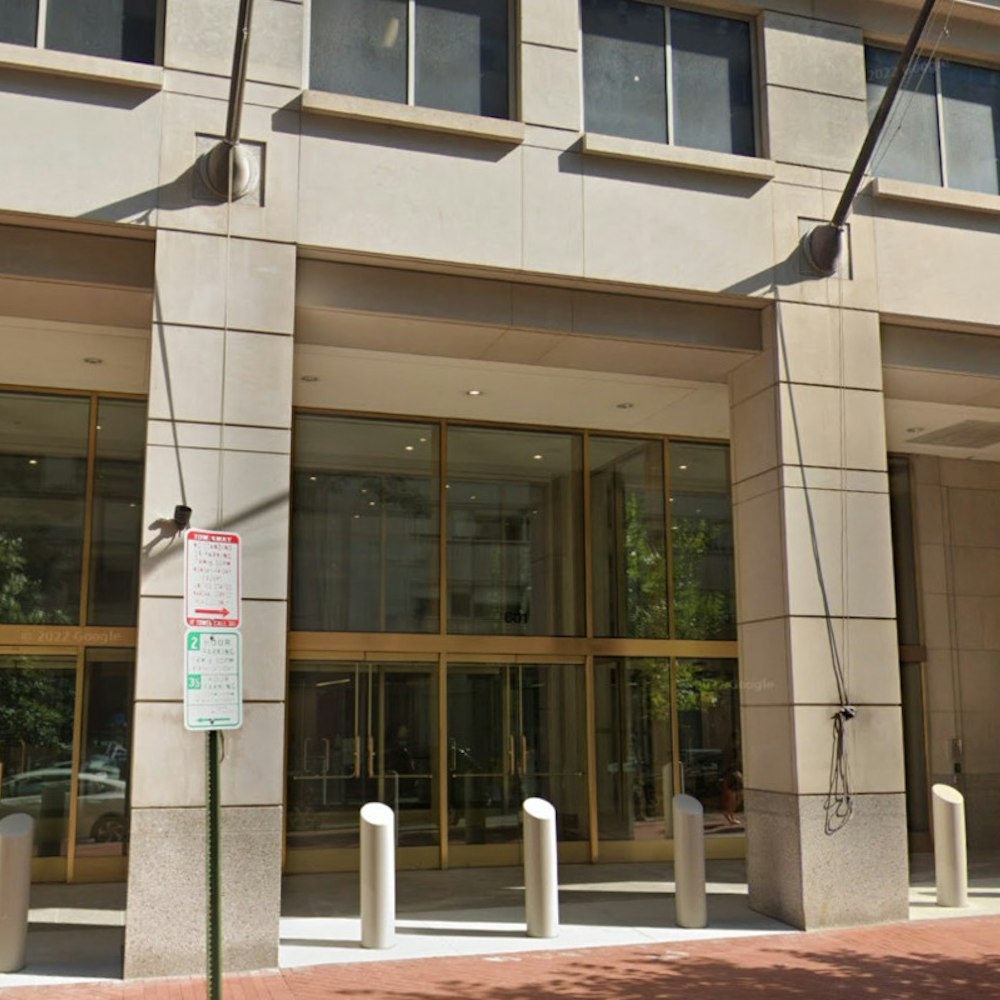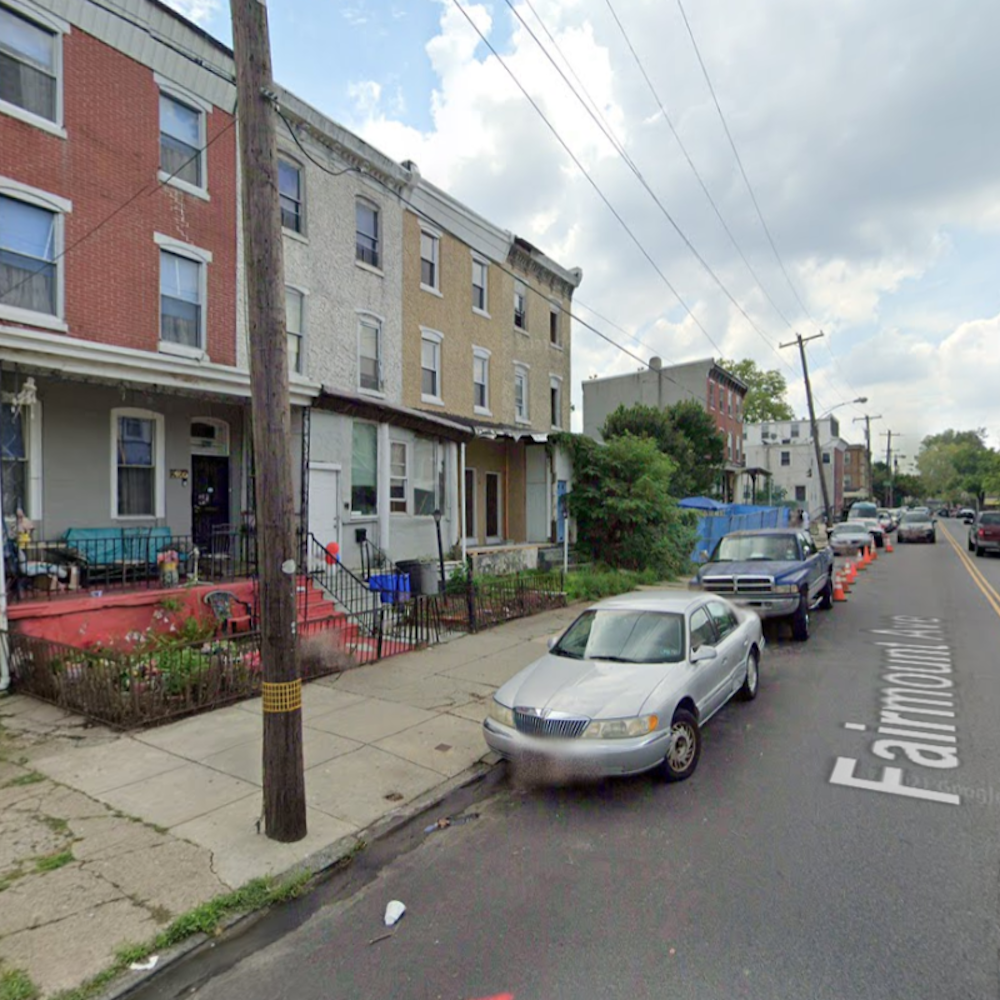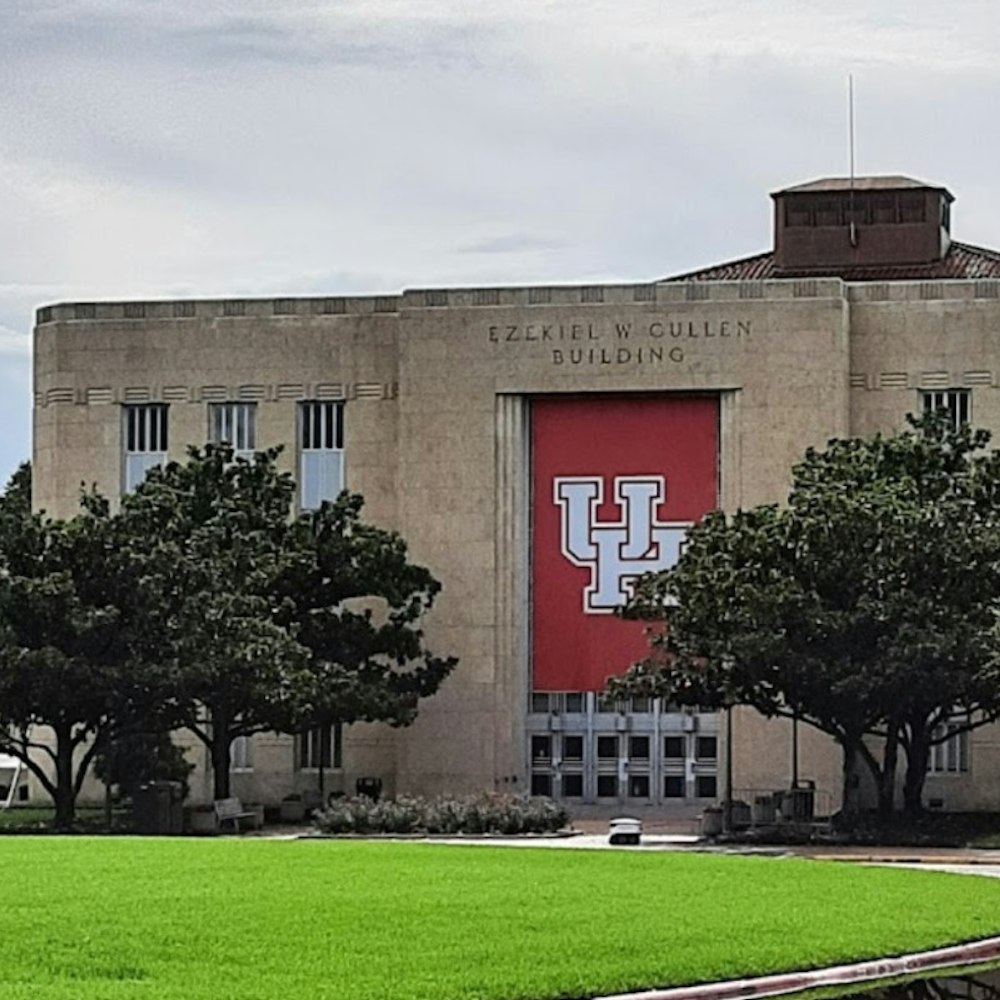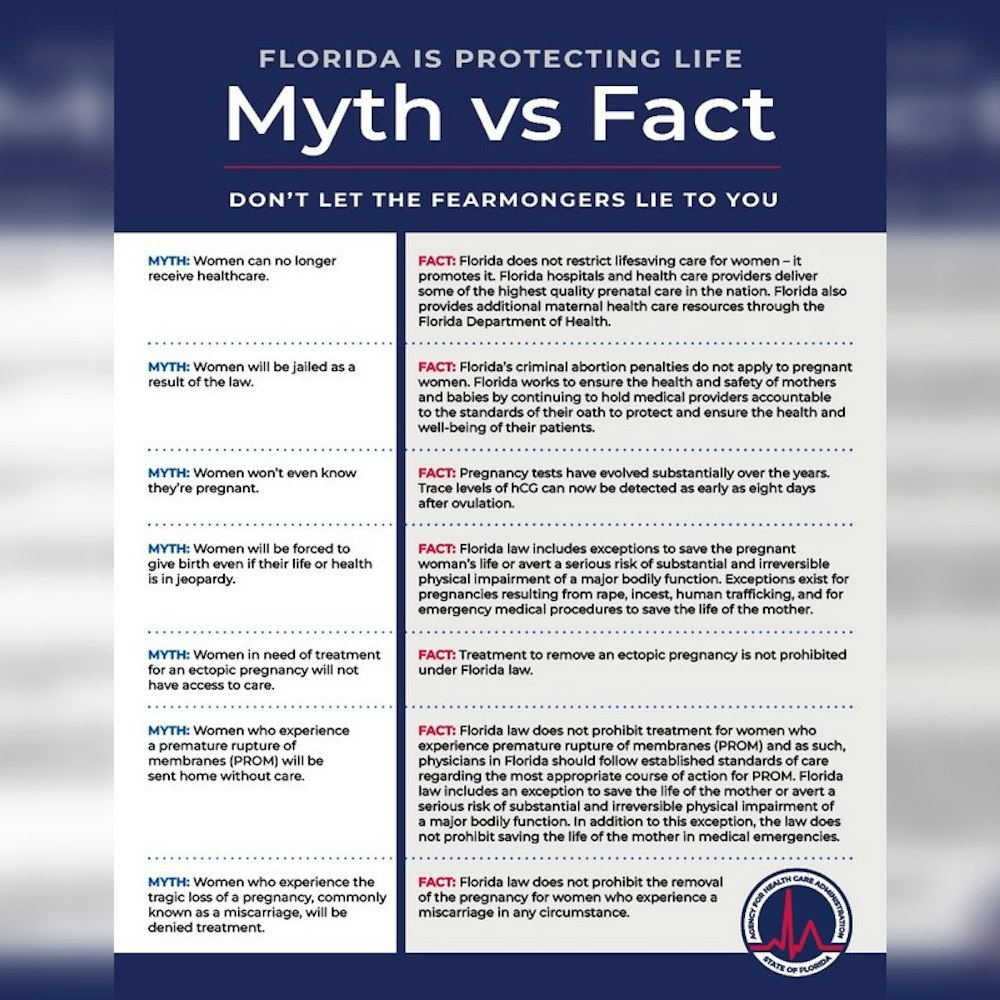
Houston's housing landscape is rapidly transforming, with multiple residential developments on the books poised to bring thousands of new homes to the region. These projects are sprawling across the city’s boundaries, from the Sunterra community in Katy, which was named among the top-selling U.S. communities, to the 14,000-home Austin Point community in Fort Bend County, according to a report by the Houston Chronicle.
While residential growth continues to burgeon, the Houston City Council has decisively moved to swiftly amend building and parking codes to enhance walkability and boost affordable housing options. In a series of changes hailed by city leaders, new, small-sized lots in specific neighborhoods will no longer permit front-facing garages to feed directly into streets, aiming to substantially decrease the number of times pedestrians and vehicles might potentially collide, as revealed by the city’s Planning & Development Department.
Master-planned communities like Bridgeland in Cypress, which is expected to accommodate 20,000 homes, and upcoming developments like Jubilee in Hockley and Lakeview in Waller illustrate the expansive scale of housing growth. This isn't just about single-family homes; the Houston area is also witnessing a rise in build-to-rent housing options, as highlighted by new projects from Howard Hughes Corp., Marquette Cos., and Clay Residential, who are all betting on this growing market segment.
The approved changes, heralded by Mayor Sylvester Turner as "substantially benefiting" both neighborhoods and the city at large, are part of the 3-year-old Livable Places initiative, as per Houston Public Media. The city aims to facilitate innovation in residential development, allowing for aspects like courtyard-type developments that front green spaces instead of public streets and small-scale multi-family developments, which were prohibitive to develop under the existing codes, as Margaret Wallace Brown, director of the planning department, clarified.
These policy shifts are reported to address concerns about pedestrian safety while also incentivizing diverse housing formats to accommodate an array of lifestyles and income levels. Council member Tiffany Thomas articulated her support for the move, asserting that the new standards represent "the right direction for our city." The adjustments to the city code, detailed by Houston Public Media, are poised to shape Houston's future by marrying large-scale residential expansion with strategic moves toward a more walkable, varied, and accessible urban environment.









